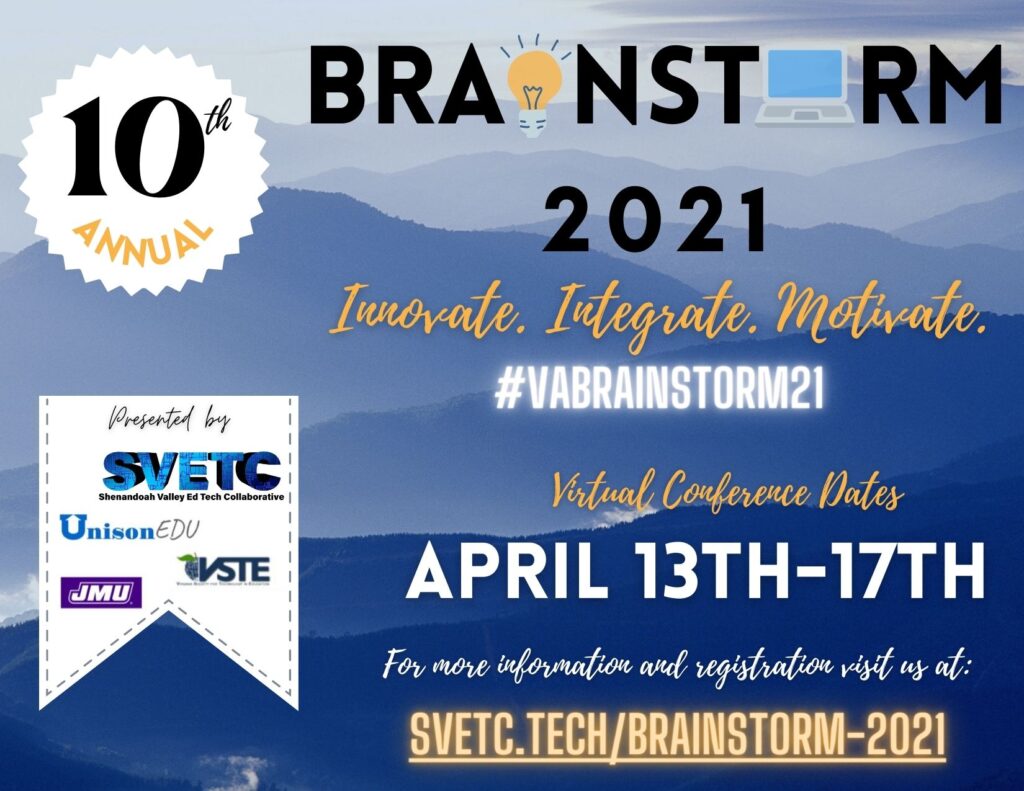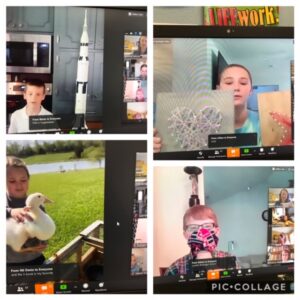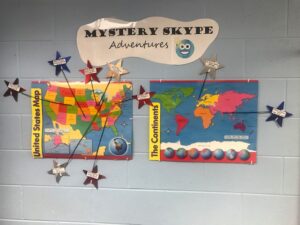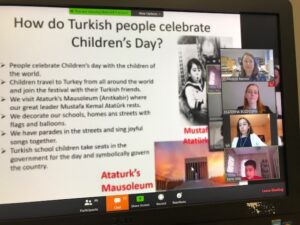As we begin the wind down from one of the most unusual school years in history, one of the biggest takeaways that I have learned is that the time-old sage advice of Harry Wong still rings true no matter what platform we are using to teach. Plan, Plan, and PLAN some more! In the traditional classroom, it is easy to pivot and make corrections moment by moment but in the online environment it takes careful and thoughtful planning to ensure that your students have the best possible learning experience.
To help you build an effective online learning experience for your students, you must start with a well articulated plan and it is best to use a well researched framework to help guide that planning process. There are many frameworks, rubrics, and guides that can help you but the one that I have used for many years is the Community of Inquiry Framework (Garrison, Anderson, & Archer, 2000,2010).
The Community of Inquiry Framework, was first articulated in 2000 by Garrison, Anderson, and Archer. It was mainly applied to distance learning courses where the primary mode of interaction was through text and asynchronous discussion forums. Over the last two decades more and more research has helped to evolve the framework to help guide instructors in creating more and more engaging and effective online learning experiences. The framework is broken down into three types of presences: social, teaching, and cognitive.
Social presence is defined as the ability to project personal characteristics to be perceived as a “real person” (Garrison et al, 2000). In the early days of online instruction when most instruction was heavily text laden, the task of enhancing social presence was challenging. With today's many synchronous and asynchronous tools, we can build a sense of shared community and collaboration using a wide variety of tools.
Zoom and Google Meet are some of the most widely used synchronous tools that can help teachers and students connect. Other tools can also be helpful such as FlipGrid for video responses, traditional forum discussion that allow for more reflective responses, and the collaboration features found in most Google educational tools that allow for shared editing and make group work more manageable.
Teaching presence consists of three key categories: design and organization, facilitation of discourse, and direct instruction (Garrison et al, 2000). The majority of teaching presence is built prior to any students actually seeing the online course. It is the planning of structure, pacing, materials, and assessments that are the foundations of a great online course.
But teachers must also focus on supporting students with the right materials, video tutorials, and timely and appropriate feedback. While most learning management systems offer multiple ways to do this, there are also lots of tools that can help such as Loom and Hippo Video that can support teachers in creating highly engaging video feedback or tutorials to help students navigate the content in the course.
Cognitive presence is defined as the “extent to which the participants in any particular configuration of a community of inquiry are able to construct meaning through sustained communication” (Garrison et al, 2000). Simply put cognitive presence is how students interact and learn the content of the course. I always tell my instructors that the CONTENT should be the hardest part of the course, NOT the structure.
Your students should have challenging and engaging content that is structured and supported in a way that students spend the majority of their time constructing meaning not trying to figure out how to do an assignment. Cognitive presence can be built by providing direct instruction supported by quality materials and resources and by asking higher order thinking questions that help students to dive deeper into the topic.
The task of building online learning experiences can seem daunting but with a systematic approach to the design and careful planning for student feedback and support it can be a truly effective learning space. For a more in-depth view on how you can use the Community of Inquiry Framework to transform your online courses watch this video of a presentation from the Blended Learning Conference sponsored by Virtual Virginia on May 1, 2021.
Resources:
Garrison, D. R., Anderson, T., & Archer, W. (2000). Critical inquiry in a text-based environment: Computer conferencing in higher education model. The Internet and Higher Education, 2(2-3), 87-105.
Garrison, D. R., Anderson, T., & Archer, W. (2010). The first decade of the community of inquiry framework: A retrospective. Internet and Higher Education, 13(1-2), 5-9.
Written by Heather Askea. Heather is the Instructional Technology Coordinator for The University of Virginia's College at Wise Center for Teaching Excellence. She is also a member of the VSTE Board of Directors.








